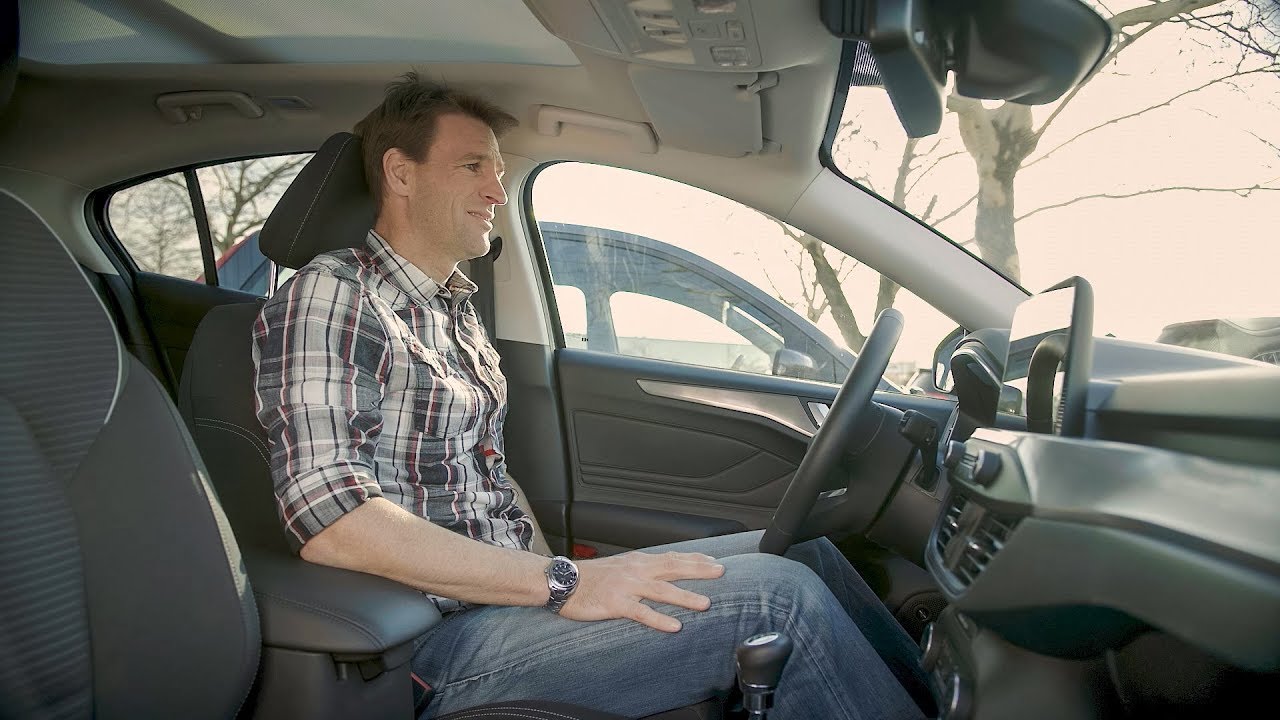
Award Winning Ford Dealers

Back pain is the world’s single leading cause of disability and a condition that experts estimate will affect half of all Europeans at some point in their lives.
For drivers and passengers it can make travelling by car an uncomfortable experience.
To help provide relief for back pain-sufferers on the road, the all-new Ford Focus offers driver and front passenger seats that can be adjusted in 18 ways for maximum support and comfort – earning the seal of approval from the leading spinal health organisation Aktion Gesunder Rücken e.V. (AGR), the Campaign for Healthier Backs.
Focus is the first Ford vehicle to receive recognition from the AGR’s independent testing committee of experts from various medical fields. To obtain the seal, the seat must be able to adapt to the person in their sitting position, rather than the person adapting their position to the seat.
“Sitting in the wrong position can make the driver slouch forward, putting pressure on the lower back. Our goal with the Focus was to build an 18-way adjustable seat that adapts to every person, enabling drivers of all shapes and sizes to easily achieve their optimal sitting position for maximum comfort, especially on long journeys,” said Glen Goold, Ford Focus chief programme engineer.
On average, Europeans drive their vehicles for around an hour each day, not accounting for time spent in traffic or searching for parking. * A U.K. survey found that 75 per cent of drivers have back problems due to the wrong seating position, which can also lead to neck pain, muscle fatigue and restricted circulation, causing the driver to become tired faster.
Ford engineers developed the all-new Focus seat to achieve the AGR seal of approval as part of a human-centric philosophy that places the customer experience at the heart of the design, and to respond to Focus drivers requests for extra leg and lumbar support. The Focus seats’ 18-way adjustment includes seat height, length and inclination, in addition to back, neck and thigh support. The four-way lumbar adjustment is controlled electronically from a switch on the seat’s side.
To add four-way lumbar support, four-way headrest adjustment and extending leg support not offered with the previous generation Focus, Ford’s seat experts ran track tests with male and female drivers of different heights, weights and body shapes to develop the optimum seat design. Durability testing involved 150,000 kilometres of real-world driving, and using Ford’s “Robutt” robotic bottom simulator that condenses a full 10 years’ use in to three days as it sits, bounces and twists in the seat 7,500 times.
To ensure the smoothest ride quality, the Focus also features pothole detection technology that can reduce the impact of striking potholes, and rear seat passengers benefit from 5 centimetres more knee clearance and 6 centimetres more shoulder-room than in the previous generation Focus.
“The ergonomic quality of a car‘s seats is of utmost importance, especially for frequent drivers. We’re delighted that Ford is joining in the fight against back pain by making comfort seats available for even more people,” said Detlef Detjen, managing director, Aktion Gesunder Rücken e.V.
Comments